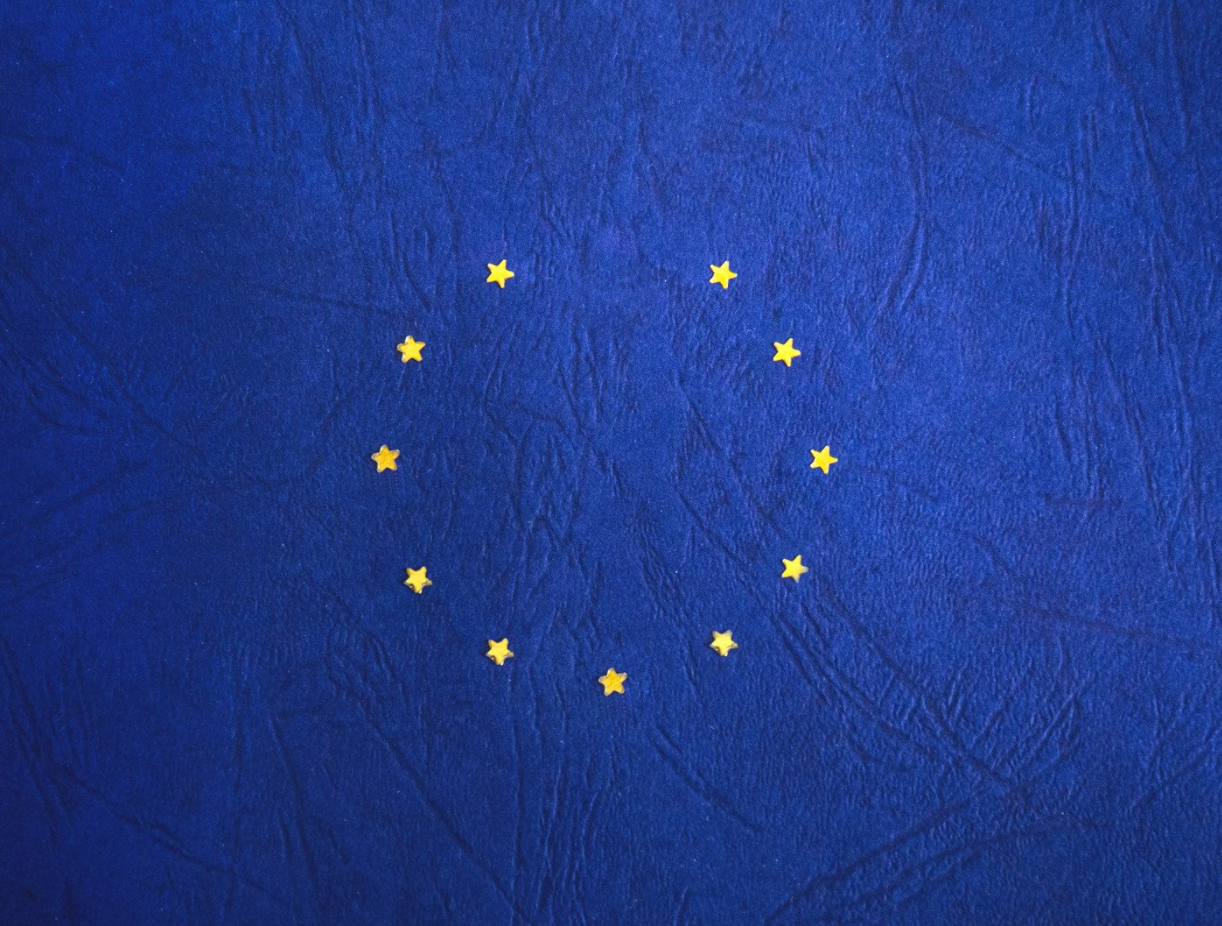On 31st December 2020, the transition period comes to an end and on 1st January 2021, the UK will have left the EU. There are some important implications for business-to-consumer businesses on the imports and exports of goods from the EU and the rest of the world.
Pre-Brexit
In a pre-Brexit world, goods sold by businesses directly to an EU consumer have been treated as follows:
- The UK seller has accounted for VAT in the UK.
- Where the UK exporter sells in an EU territory above the threshold set by the distance selling rules the UK entity would have to register for VAT in that particular territory and charge the local rate of VAT
Example
Pre Brexit:
A UK company exports a hat to a Spanish customer for £50. Pre Brexit the UK company would either charge £50 RRP plus £10 of UK VAT at 20% and a total of £60.
There would be no Spanish VAT applied and no import duty to be paid upon the goods arriving in Spain.
If the UK was selling more than £35,000 of goods in Spain it would have to comply with the distance selling rules and register for VAT in Spain. It would then charge Spanish VAT at 21% and report this VAT to the Spanish authorities.
From the customers’ point of view, they could have chosen to purchase the hat from a non-EU supplier outside the scope of VAT. Upon arrival in Spain, no Spanish VAT would be applied and it would be potluck as to whether the Spanish authorities picked it up and applied import duty.
Post Brexit:
- Post Brexit the UK exporter will zero rate his supply to Spain.
- Upon entering Spain the goods will be subject to Spanish VAT and Import duty.
- The goods will not be distributed to the end user until the VAT and import duty is paid.
There are therefore 2 outcomes:
- The customer will have to pay the Import taxes – and this could prove detrimental to the customer experience.
- The seller will pay the import taxes. Practically this will mean that the courier will pay the VAT and import tax via their deferment account and recharge these expenses to the UK seller.
The UK seller will therefore have to include the Spanish VAT as part of their selling price.
Example continued:
- Pre Brexit and depending on whether the UK seller met the distance selling thresholds the UK seller was either charging £60 for his hat (£50 plus VAT) or £60.50 (£50 plus £21.50 Spanish VAT).
Post Brexit
- The sale of the hat will be zero-rated for the purposes of UK tax.
- The UK seller will include the price of Spanish VAT in the stated price and charge an inclusive price of £60.50.
- The UK seller will arrange for the courier to pay the Spanish VAT to the Spanish authorities and import duty.
- The courier will recharge this to the UK seller.
- The UK seller will therefore gross £60.50 I hat sales but incur a cost of £10.50. the £10.50 cannot be reclaimed in the VAT return. His net gain on the hat remains at £50.
What do you need to do?
- Every business will need to apply for an Economic Operator Registration and Identification Number. This number should start with the prefix GB
- Businesses exporting to the EU and the rest of the world will need to make a customs declaration. These declarations can be complex and in practice, your courier will likely make this for you.
- If you are importing or exporting through Northern Ireland you will also need an EORI number that begins with the prefix XI
- Businesses will need to be sure of the commodity codes used when exporting. These codes determine the import duties paid on arrival in the destination country. This import duty should also be built into the price of the good to avoid eroding profit margins.
Next, we’ll be sharing more about what Brexit means if you sell B2B.

